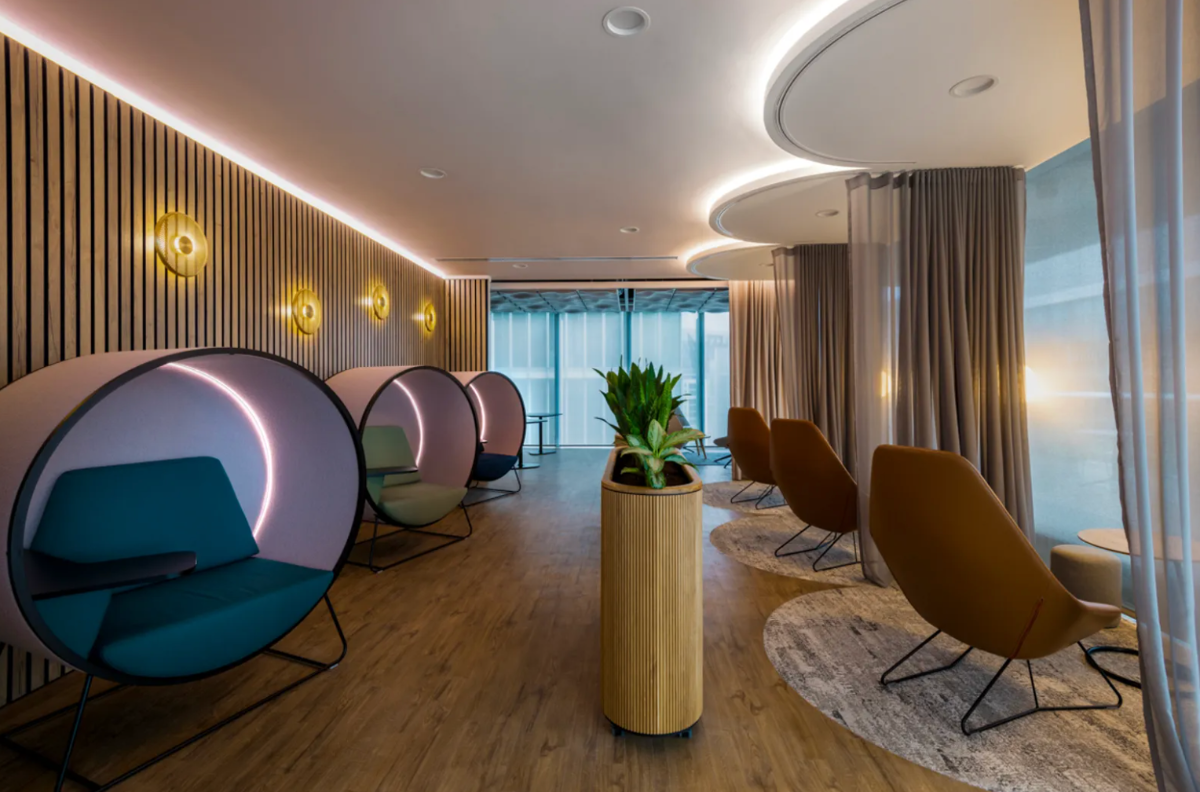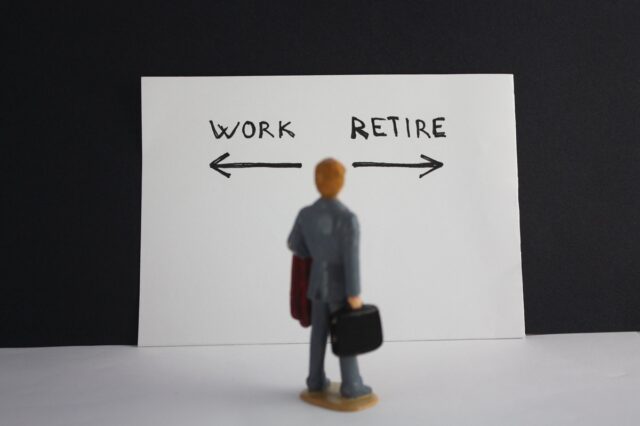April 16, 2025
Support stress awareness month with a digital detox space

With April marking Stress Awareness Month, at home or work, everyone can do with some digital downtime. Be it an office break to enjoy the northern spring fresh air, or simply picking up a book.
For businesses, there is always a little more they can do to reduce employee stress. Now is a good moment to explore how the built environment can play a role in improving employee wellbeing. Especially as stress and burnout continue to rise across UK workplaces.
For inspiration, creative workplace designer Area installs office fit-outs, from calm zones to Monopoly themed office spaces. Area works with brands such as Canon, Amazon, Vodafone, Adobe and Jaguar. They see strong growth in client requests for wellbeing-first spaces, highlighting the rise of digital detox zones.
“We’re spending an average of 6–7 hours a day on screens, often without meaningful breaks,” says Gary Chandler, CEO at Area. “Offices are increasingly being designed to support mental clarity, calm, and disconnection from the digital noise. Creating spaces where people can step away, reset, and return recharged is fast becoming an essential element of modern workplace design.”
Any company can take the Area approach, creating a calm, tech-free space within the office to support mindful breaks and reduce sensory overload. But if you have the budget, Area delivers a broader design philosophy. One that focuses on reducing workplace stress through intelligent, human-centric environments.

Welcome to the stress detox zone
The rise in wellness rooms and digital detox zones goes beyond the usual trend for creative spaces, they encourage workers to take high-quality breaks. Time to relax and take a mental reset. Area’s spaces can include zoned layouts, balancing collaborative areas with quiet focus spaces. They can provide optimised acoustics and lighting to reduce overstimulation and improve concentration.
Key design strategies Area uses to reduce stress at work include; employee engagement in design – ensuring spaces reflect real needs and feedback. The creation of flexible, choice-led workspaces – giving people autonomy over how and where they work. And biophilic spaces integrate natural light, greenery and organic textures to promote calm.
“When workplaces are designed with wellbeing in mind, stress goes down – and engagement, productivity and retention go up,” says Gary. “As more businesses return to physical spaces, there’s a real opportunity to rethink the office as a tool to support health and happiness, not just output.”
Whatever your approach, employees will appreciate and value a calm space in your office. Creating a firebreak from the hustle and bustle on the other side of the wall.



